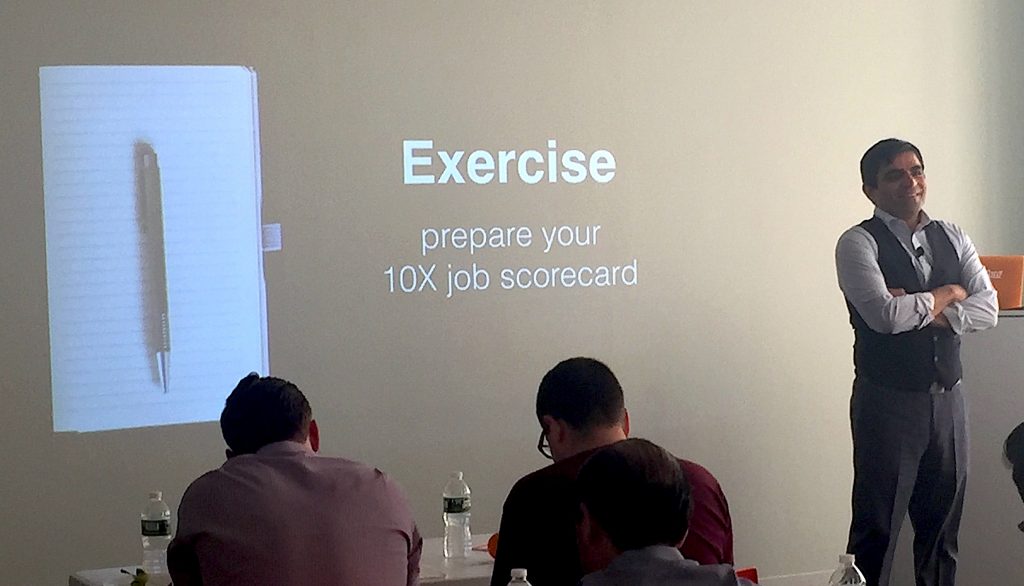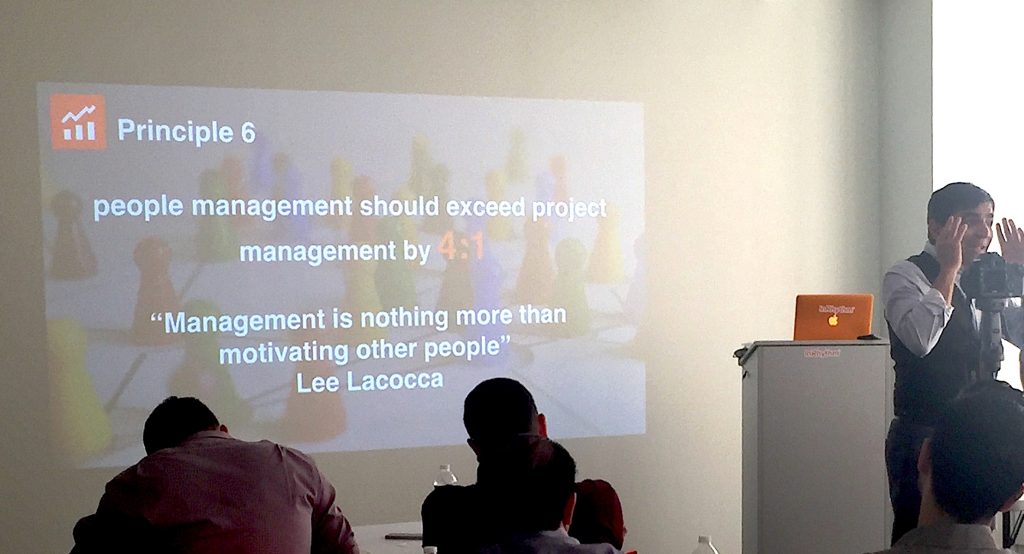One of the driving forces behind our 10X growth methodology is DevOps. Its transformative ability to empower high-velocity delivery makes its principles highly sought after and top of mind for anyone in the software development space. But where is the future of DevOps? The open source movement has made several robust tools available to everyone; some of the latest—like Lighthouse from Google—paint a promising picture of the future, optimizing several crucial functions in the development process.
This week’s theme is all about the current (and future) state of DevOps. Whether you’re actively involved in the field or know someone who is, the rise of free tools and automated functionality is a thought-provoking topic that, like much of our industry, is being revolutionized and retooled by cloud functionality. William Bratches offers his take on Lighthouse, and our engineering team shares what we’re reading now. This is an exciting time to be in the industry as roles change and whole subject matter areas get retooled. I encourage you to be a part of the discussion on social media @GetInRhythm and on our InRhythmU blog.
Thanks and Keep Growing,
Gunjan Doshi
CEO, InRhythm

Lighthouse: The Coolest Tool You’re Not Using InRhythm.com
“Lighthouse is an open-source, automated tool for improving the performance and quality of your web apps. Lighthouse analyzes websites for performance, SEO, accessibility, progressiveness, and other best practices. In this article, InRhythm’s Will Bratches walks you through this exciting new tool.”
The Future of Ops Brave New Geek
“Should Dev/Ops capabilities be embedded within development teams? Must *every* engineer know their way around automated testing and container management? Some provocative thoughts on these issues that reward close reading.”
Cypress Cypress.io
“Some people enjoy using Selenium to conduct End-To-End testing. Others believe Selenium should be burned with fire and salted. If you’re in the second camp you might be interested in Cypress, a new and exciting E2E testing tool. Finally, testing has evolved.”
Mastering Chaos – A Netflix Guide to Microservices InfoQ
“Netflix is known as a thought leader when it comes to building scalable, resilient systems. Here, engineering leader Josh Evans goes deep on how Netflix manages distributed microservices. Chaos Monkey’s everywhere in one of the best tech talks of all time.”
Jenkins: Shifting Gears Jenkins
“Jenkins is a favorite workhorse of the SDET set. But its wrinkles are showing. The creator of Jenkins Kohsuke Kawaguchi presents the past, present, and future of his creation. He wants to ‘insert a jolt in Jenkins’ in the form of Kubernetes, cloud-native deployments, and more.”
Inside Look at Modern Web Broswer Google Developers
“In this series professional drawsplainer Mariko Kosaka breaks down for us almost everything you need to know about how browsers work, how the web works, and really, how you work. You can’t debug (or test) what you don’t understand. Maybe the best series you’ll ever read in a browser on the browser.”




